Vote like your city depends on it – because it does
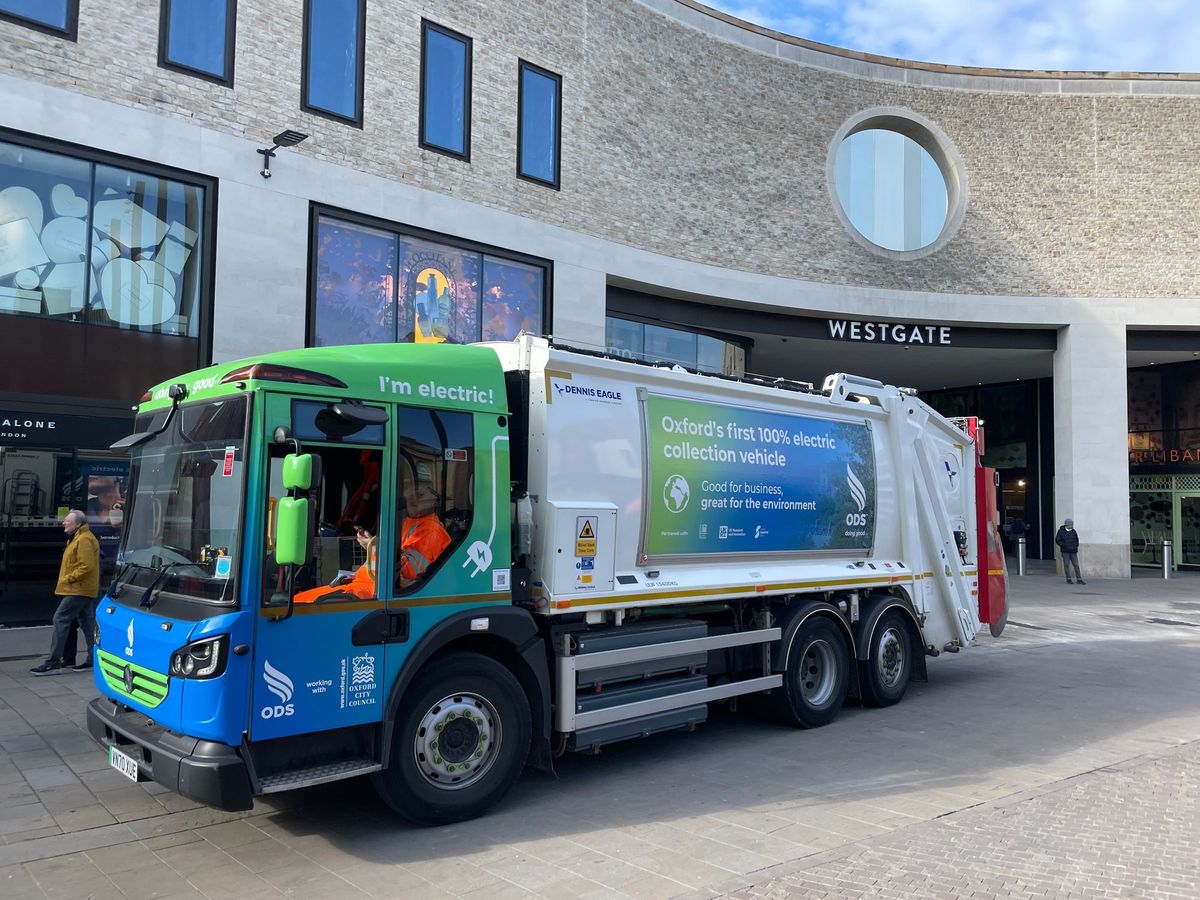
Regular Oxford Clarion readers must surely have expected us to write an Oxford City Council Election Special. And in truth we have been delaying it.
Endless editorial debates. How do you write about something that seems so trivial (Bins! Cemeteries!), yet is actually so critical to the future of the city? (Housing! Planning!) The Clarion hasn't seen a campaign so polarised since the Brexit referendum. How do you write it?
The answer? With a straight bat. If you don't know which way to vote, here is a summary of the manifestos of the parties, in their own words. We may have abridged for length, but endeavoured not to change the sentiment or the meaning. We hope they speak for themselves. There aren't many jokes in this article – this is intended to be a piece where people can make up their own minds – but what it lacks in jokes it attempts to make up for in fairness. After each one, we've added our own commentary and predicted the battleground wards – some of which are going to be tight.
(We recognise that passing up the chance for clickbait may hamper our chances of doing “big numbers” with this piece. But if this has been helpful at all, do share it around: whatever your political flavour, it might make a difference.)
What are you voting for?
Before we start, a note on the difference between City and County. These are City Council elections. While there is often an overlap and the two bodies must work together, the City Council has a distinct role. In both cases, the day to day running of the council is done by officers, based on policies set out by the elected councillors.
The City Council is responsible for: housing, planning (which includes drawing up the Local Plan), licensing (taxis, pubs and gambling), parks and leisure centres, and waste and recycling collections. It also does some day-to-day road maintenance via ODS, which is owned by the City Council, but doesn’t make highway decisions. (If you are not in Oxford City and are interested in District Council elections elsewhere in Oxfordshire, see our roundup here. It has Jeremy Clarkson in it. And the inventor of the hoodie.)
The County Council is responsible for highways and roads (yes, including the Low Traffic Neighbourhoods), education (including special needs aka SEND), social care, public health, waste disposal (all waste & recycling sites in the county), and bizarrely, planning below ground. You want to start fracking in Tackley? You have to apply to the county. Yes, really.
The Clarion reached out to, or used publicly available manifestos of, the Labour Party (20 city council seats currently); the Liberal Democrats (9 seats); the Green Party (6 seats); the Conservative Party (0 seats); and the Oxford Independent Alliance (o seats).
Not all councillors are facing an election this year. Every ward in Oxford has two councillors: one seat is up for election this year, the other will be in 2026. The exception is Blackbird Leys, where the retirement of a sitting councillor means both are up.
The Labour Party
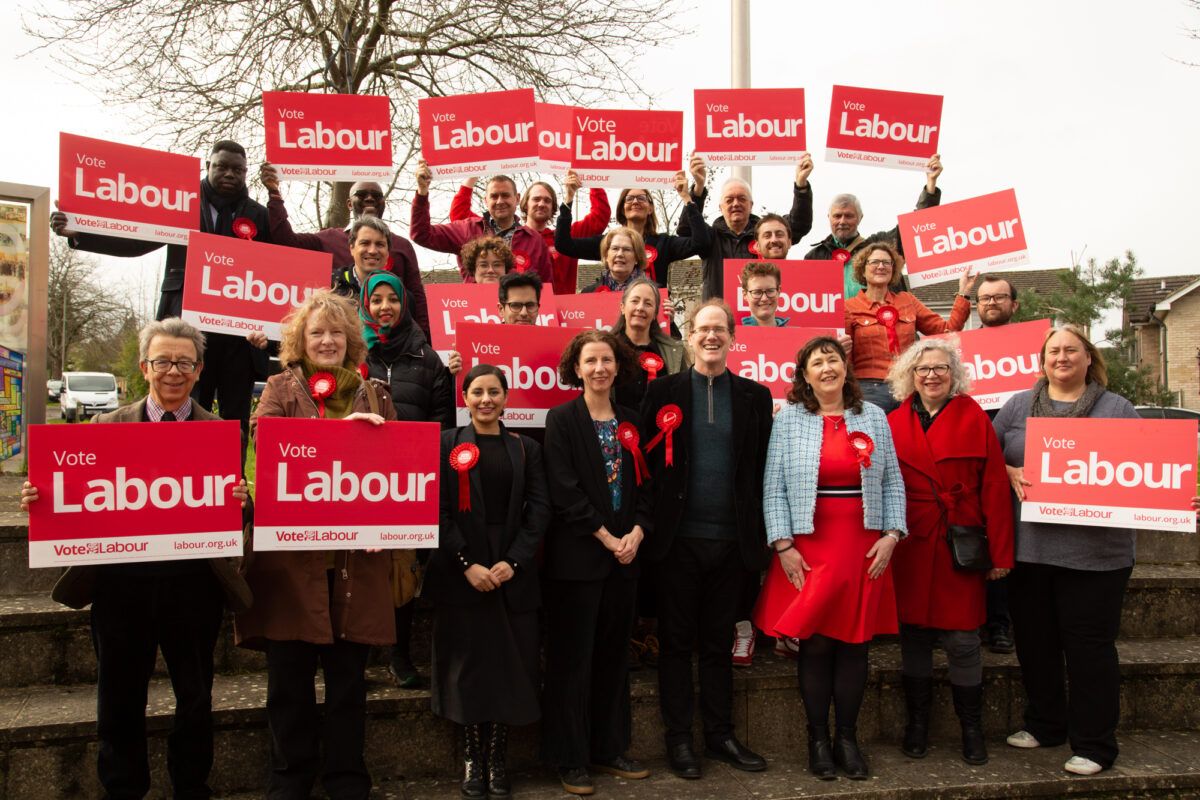
The Labour Party currently has 20 seats out of 48, significantly reduced after several councillors quit over Keir Starmer’s Gaza policy.
Under the overall ambition of “Working with you to make Oxford a great place to live”, the manifesto has four aims:
- Delivering affordable homes
- A healthier greener city – leading the way to Zero Carbon Oxford
- A fairer city – making Oxford’s thriving local economy work for all
- An Oxford fit for the future – making the city a great place for everyone
For their manifesto in full, see here.
Clarion analysis: These are laudable ambitions – if maybe a little “motherhood and apple pie”? – and the Local Plan has lofty goals. High-profile building projects include a new retail, housing and business quarter at Oxpens and a revitalised Covered Market.
Identifying housing as the number 1 priority is surely right, and councillors on social media are making a big play around house building. Oxford is the most unaffordable place to live in the UK by Oxford City Council’s own calculations. While there is some building on brownfield sites (like garages), much, much more is needed to address the critical housing shortage in the city. This will only be made more acute if yet more jobs are brought into the city by opening up new retail and business spaces – never mind the effect on the roads.
As the largest party on the council since 2002, Labour has no shortage of experience running the city. But reconciling Oxford’s housing quandary is a tough ask for even the most seasoned politician.
Seats to watch: Given the recent splits and the fact that until recently Labour had a supermajority, it is fair to say Labour is playing defence not offence in this election cycle. They will be looking to recapture seats won last time where the councillor has since gone independent. Key battlegrounds: Temple Cowley, Rose Hill & Iffley, Cowley, St. Clements, Donnington.
The Liberal Democrats
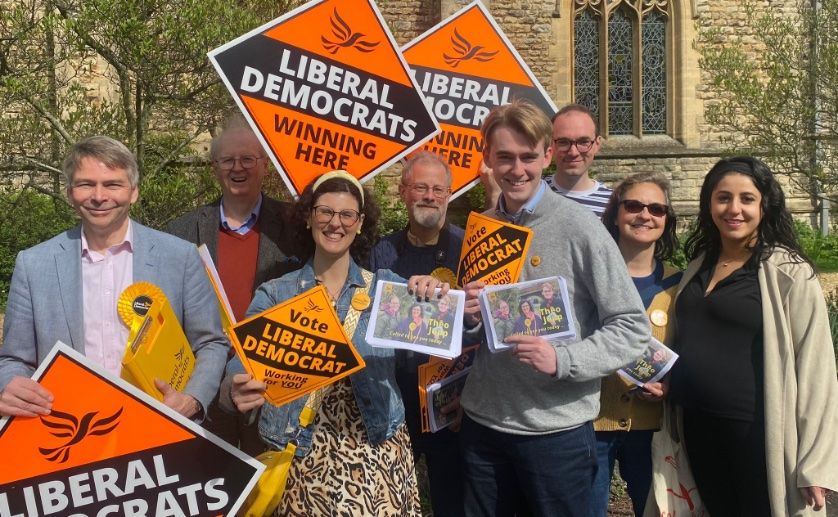
According to their literature in key seats the Lib Dem priorities are
- Affordable homes: Getting on top of our housing crisis, so that young people can afford to leave home without having to leave town and commuting back in.
- Greener streets: Street greenery to give cooling shade in the summer months.
- Sewage overflows: Put pressure on Thames Water to improve its monitoring and capacity and stop sewage overflows into streets and rivers.
- Action on Traffic: Better buses. Delivering a connected transport system that works for everyone – safe cycleways and free-flowing roads, meaning that tradespeople and those who need to drive can do so.
- Better Planning: Protecting heritage assets, ensuring more applications are considered by committee, publicly.
They also call out Gaza, citing Oxford West and Abingdon MP Layla Moran's advocacy for a ceasefire.
Clarion analysis: The LibDems have taken both heat and credit for being the headline party that introduced the LTNs as part of a Lib/Lab/Green coalition in Oxford County Council, so it’s no surprise they reference it in their leaflets. However, say it with us: City Council is not County Council!
Housing is a key theme across the parties and we doubt we are alone when we say we hope one output of the elections, whatever the results, is a renewed resolve to address Oxford's continuing housing crisis. The LibDems are traditionally the party of “pavement politics”, with locally based candidates advocating for their areas to develop a strong personal vote – an ability to cling on that sometimes sees them jokingly described as cockroaches.
Seats to watch: Headington and North Oxford are traditional LibDem territory, albeit sometimes with the thinnest of margins. A key new battleground will be in Cowley, where a new name on the ballot paper, Scott Urban, is making a charge from a standing start.
The Green Party
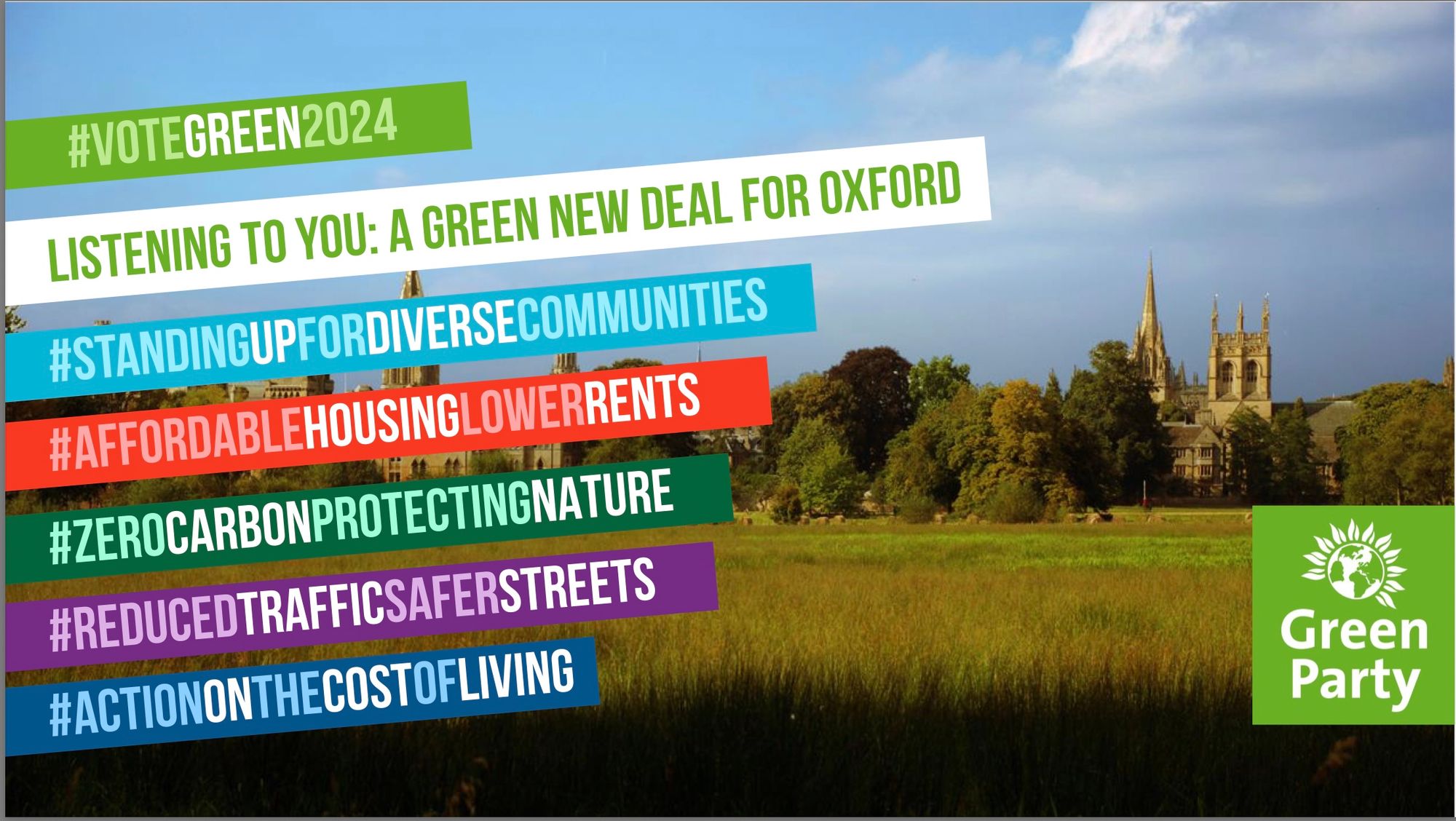
The Green Party manifesto, entitled Listening to you: A Green New Deal for Oxford, is based on hundreds of door-to-door surveys conducted by Green Party volunteers across Oxford over the last year. It claims to address the issues raised by residents and to guide elected Green Councillors in their work to make Oxford a fairer, greener and more equal city. Among the key pledges within the manifesto are:
- Establishing a council-backed letting agency to offer fairer rents and more secure contracts
- Introducing a hardship fund to help those most impacted by the cost of living crisis
- Making the Oxford Living Wage match the London Living Wage in recognition of our city’s high costs
- Investing directly in renewable energy within Oxfordshire
Read more in their full manifesto.
Clarion analysis: There's a climate emergency (if you do not agree on this, you are perhaps not a natural Clarion reader?) and yet for the Green Party, these priorities are surprisingly light on green issues. Rather, there is a clear steer towards helping the very poorest in the city.
That said, in Oxford, the Green Party is far more than a single issue party and has councillors very active in advocating for their wards – if you were a career politician you probably wouldn’t join the Green Party. For a lot of the candidates it's their first time on the ballot. The Clarion suggests, as ever, to take a look at the character of the person you're electing to be sure they can represent your views.
Seats to watch: Holywell. East Oxford is a permanent red/green scrap. Look particuarly at Donnington, St. Clements, St. Mary’s, though the IOA (see below) are fighting hard and Labour might slip through the gap. Cars vs bikes. Who will win?
The Conservative Party
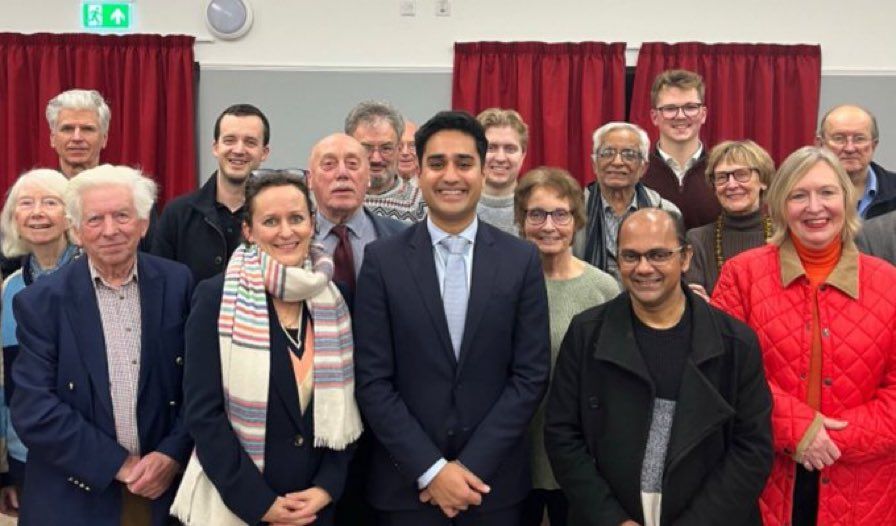
The Conservative Party manifesto for the city, hot off the press today, focuses on these points:
- Holding Oxfordshire County Council to account over their anti-motorist policies, including LTNs, Traffic Filters, the Workplace Parking Levy and the expansion of the Zero Emission Zone.
- Improve access to healthcare across Oxford by supporting the construction of a new multi-storey car park at the John Radcliffe Hospital and push for the expansion of access to more localised day-to-day NHS services across Oxford.
- Provide realistic, quality, and affordable housing for local residents; build on brownfield sites.
- Keeping Council tax low, and judicious spending with tight budgets.
- Create and promote an environment that encourages local businesses to thrive.
- Active travel and safer streets; better cycle tracks and pavements. Plus work to clamp down on anti-social behaviour across our city, while increasing the number of Youth Clubs and support services for young people.
You can read the full manifesto here.
Clarion analysis: Transport, healthcare, pavements – these are, say it with us, County Council issues. But once again housing is up there on the agenda: there's almost universal agreement on this that Oxford must do more. The Conservatives are also one of only two parties to explicitly mention local businesses rather than a catch-all “improve the local economy”.
The Conservative Party has no seats on Oxford City Council currently: it does have 21 out of 63 on the County Council, where up until 2021 it had a majority. Left-leaning Oxford has not elected a Conservative councillor since 2000, when the party held Marston.
Seats to watch: Marston, Summertown, Wolvercote. But the activist focus is Cherwell and West Oxfordshire, both for the district elections and the upcoming General Election.
The Independent Oxford Alliance

The IOA is a newcomer to the Oxford political scene. In their own words
While we are formally a political party, we operate as an alliance of independents. We don’t have a party whip. So, unlike the ‘mainstream’ parties, our candidates and councillors do not have to follow a party line. They are free to represent and act in the best interests of the people in their ward.
Their stated mission is to
- Undo policies that are currently damaging our city and ourselves
- Instigate a return to real democracy, where our councillors represent their communities rather than blindly following the diktats of their party
- Spend your money wisely on actions that meet the needs of the wider community
Their shared priorities, according to their website, are “Transport, Housing, Education, Care and Wellbeing, and ‘open for business’”. The IOA expands on each of these here.
Clarion analysis: We reached out to the IOA to ask for a City Council-specific manifesto but have as yet heard nothing. We did, however, receive this:

Leaving aside the eyeroll so hard it is giving us a temporary facelift... guys, if you want us to air your views, maybe you could reply to our email asking for your views?
Still: only two of these “shared priorities” sit within the remit of the City Council, so when considering where to place your vote, consider what the mandate of the council is. There’s also the question of to what extent each candidate is “independent” vs “allied”: their website says “our candidates and councillors do not have to follow a party line”, but we’re pretty sure an IOA candidate who decided to support LTNs would be out on their ear post haste. We’d recommend looking at the individual candidates standing in your ward, as their priorities and personality will matter more than in other parties.
Seats to watch: The IOA has no councillors currently. It has candidates standing in 11 wards. Likely top targets: Littlemore, Rose Hill & Iffley, St Clements, Cowley.
Other independents

The City Council currently has six councillors from the “Oxford Socialist Independents” and three in the “Independent Group”. Not connected with the Independent Oxford Alliance, these are mostly former Labour councillors who left over the national party’s stance on Gaza.
Oxford Socialist Independent councillors Duncan Hall (Northfield Brook), Paula Dunne (Cowley), and Imogen Thomas (Holywell) are not re-standing. Nor is Shaista Aziz (Independent Group, Rose Hill & Iffley). Jabu Nala-Hartley is standing again (OSI, Barton & Sandhills), though with no party name on the ballot paper. Labour will hope to recapture these seats.
Blackbird Leys, Headington, Holywell, and Temple Cowley have unaligned candidates whose ballot paper description reads simply “Independent”. The IOA originally announced a Blackbird Leys candidate, then switched to endorsing the two other independents, and now appears to have removed its endorsement. Similarly, Emily Scaysbrook was originally announced as an IOA candidate and is now independent but IOA-endorsed. All that confusion aside, leaflets we’ve seen and social media activity strongly suggest all are standing on an anti-LTN/traffic filter platform. Which, louder for those at the back, is… not... a… city... council… matter.
Trade Unionist & Socialist Coalition
The left-wing TUSC is putting up 11 candidates – as many as the IOA. Their policy platform focuses on central Government cuts to local councils and pledges to:
- Oppose all cuts and closures to council services, jobs, pay and conditions
- Reject council tax, rent and service charge increases for working-class people; support a new redistributive revenue-raising system to finance local council services
- Oppose the privatisation of council jobs and services, or the transfer of existing council services to social enterprises or ‘arms-length’ management organisations
- Use councils’ powers to immediately begin a mass building programme of eco-friendly affordable council homes to tackle the housing crisis
Clarion analysis: Oxford had four Independent Working Class Association councillors in the early 2000s. The TUSC is in some way the successor to this (we recognise that aficionados of the far left and its ceaseless splits will give us a “well, actually” to that). In the 2022 City elections its candidates scored in the low double figures, so we certainly don’t expect any wins this time. But it is possible that some who supported the Corbyn-led Labour Party will head back to the left now that Starmer is in charge – and a few votes could swing seats.
Seats to watch: Blackbird Leys, Northfield Brook.
How to vote
…by which we mean “how to cast your vote” not “which way to cast your vote”. We wouldn’t presume to tell you that.

The Clarion has heard many stories from the doorsteps, from a spread of political parties. The most extreme was that of the voter who slammed a door in the canvasser's face due to “the absurd amount of money councillors earn… they have their snouts in the trough”.
Elected councillors earn £5,471 per annum. For this they are expected to advocate for their wards, attend evening council meetings and their designated sub-committees, and the inboxes can get busy at times.
So we, at least, would like to take the opportunity to thank each and every candidate, of all political flavours, for standing, and wish them the very best of luck. If the campaigning is anything to go by, they're going to need it. Campaigners: may you stay dry, blister free, safe from marauding dogs, and may your drink of choice at the end of Thursday be well deserved.
Polls open at 7am on May 2nd and close at 10pm. You will need ID to vote this time. If you don’t know where your polling station is, check your polling card or enter your postcode here.
Be an educated voter. There may be five, seven, even ten names on your ballot paper. Not all of those candidates have a chance of winning. The volume of leaflets through your door, and posters in nearby windows, is a steer to which parties think they have a chance in your seat. Consider whether you really want to vote for a “paper candidate” when your vote could be the one that helps your second-favourite get elected.
Go vote. Your city needs you.
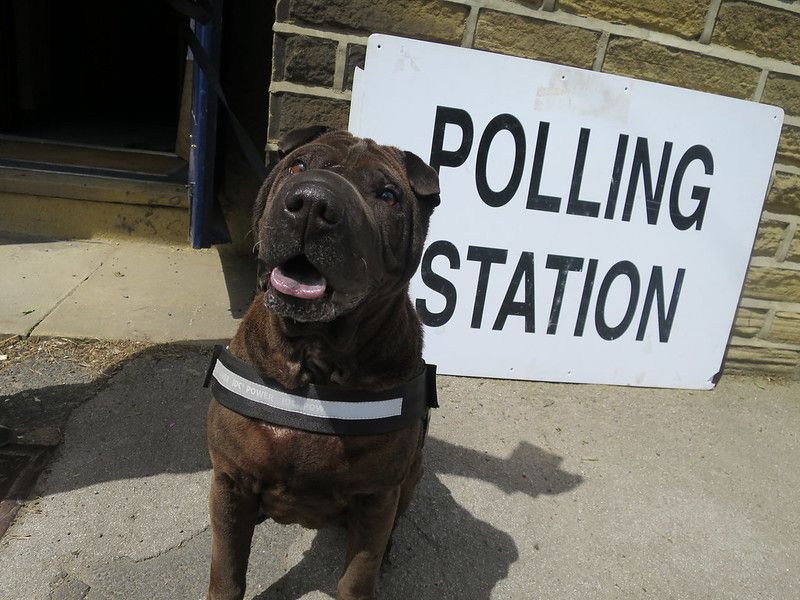
Postscript
The Thames Valley Police & Crime Commissioner elections take part on the same day. Every elector in Oxfordshire has a vote. There are three party candidates and two independents:
- Matthew Barber (Conservative, incumbent)
- Tim Bearder (Liberal Democrat)
- Russell Fowler (independent)
- Ben Holden-Crowther (‘More Police Officers for Thames Valley’)
- Tim Starkey (Labour)
(Campaign group CoHSAT sent a questionnaire to all five candidates focusing on road safety issues, and you can read their answers here.)

